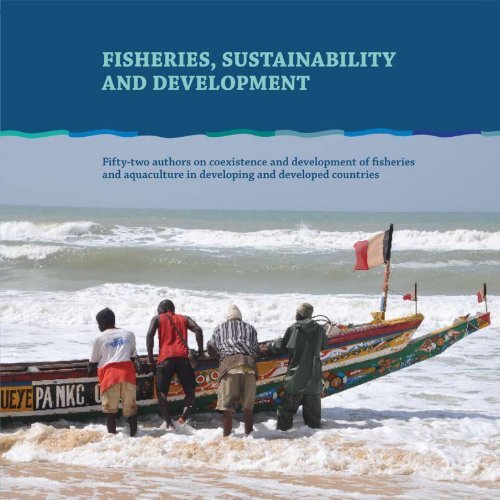The Invisible World of Microplankton: Tiny Powerhouses of the Ocean
Have you ever wondered about the unseen heroes that play a crucial role in sustaining life in our oceans? Beyond the surface, beyond the reach of the naked eye, lies a world teeming with life so small, yet so powerful, that its impact resonates throughout the entire marine ecosystem. These microscopic organisms are the unsung heroes of the ocean, the microplankton.
Unveiling the Microscopic Marvels
Microplankton, as the name suggests, are tiny planktonic organisms that measure between 20 and 200 micrometers. To put that into perspective, they are smaller than the width of a human hair. Despite their minuscule size, microplankton are an integral part of the marine food web, serving as a primary food source for a myriad of marine creatures.
Diversity Beyond Imagination
The world of microplankton is incredibly diverse, comprising various species of phytoplankton and zooplankton. Phytoplankton, the plant-like microplankton, are responsible for producing a significant portion of the Earth’s oxygen through photosynthesis. These microscopic plants form the foundation of the marine food chain, providing sustenance for a multitude of marine organisms.
On the other hand, zooplankton, the animal-like microplankton, include a wide array of tiny creatures, ranging from copepods to krill. Despite their small size, these zooplankton play a vital role in transferring energy through the food web. They serve as a crucial link between the primary producers (phytoplankton) and higher trophic levels, ensuring the flow of nutrients and energy within the marine ecosystem.
The Global Impact of Microplankton
The significance of microplankton extends far beyond their role in the food web. These microscopic organisms also play a crucial role in regulating the Earth’s climate. Phytoplankton, through photosynthesis, absorb large amounts of carbon dioxide, a greenhouse gas responsible for global warming. By sequestering carbon, microplankton contribute to the balance of the Earth’s climate, acting as natural climate regulators.
Moreover, microplankton are indicators of the health of marine ecosystems. Changes in the abundance and composition of microplankton communities can signal shifts in oceanic conditions, such as temperature variations and nutrient availability. Monitoring these changes allows scientists to gain insights into the impacts of climate change and human activities on the oceans.
Challenges Faced by Microplankton
Despite their vital role in the marine ecosystem, microplankton face numerous challenges, many of which are exacerbated by human activities. Climate change, pollution, and overfishing are among the threats that jeopardize the delicate balance of microplankton communities.
Rising sea temperatures due to climate change can disrupt the distribution and abundance of microplankton species. Changes in temperature alter the nutrient availability and can lead to shifts in the composition of phytoplankton communities, potentially impacting the entire marine food web.
Pollution, particularly plastic pollution, poses a significant threat to microplankton. Microplastics, tiny particles of plastic less than 5 millimeters in size, can be ingested by microplankton, leading to bioaccumulation of toxins in their bodies. This not only harms the microplankton themselves but also poses risks to the organisms that consume them, including commercially important fish species.
Overfishing further compounds the challenges faced by microplankton. The depletion of fish stocks disrupts the natural predation and grazing patterns, affecting the abundance of zooplankton. This, in turn, can have cascading effects on the entire marine food web, with repercussions for both marine ecosystems and human societies dependent on fisheries.
Conservation Efforts and the Way Forward
Recognizing the critical role of microplankton in maintaining the health of the oceans, concerted efforts are being made to address the challenges they face. Initiatives to combat climate change, reduce plastic pollution, and implement sustainable fishing practices are essential components of safeguarding the invisible world of microplankton.
Individuals can also contribute to the conservation of microplankton by adopting eco-friendly practices. Reducing single-use plastic consumption, supporting sustainable seafood choices, and advocating for responsible environmental policies are tangible ways to make a positive impact on the health of our oceans.
Preserving the invisible world of microplankton is not just a matter of ecological significance; it is crucial for the well-being of our planet and all its inhabitants. As we delve into the intricate dynamics of the microscopic realm beneath the waves, we come to appreciate the delicate balance that sustains life in the vast and mysterious expanse of the ocean.
FAQs (Frequently Asked Questions)
Q1: Why are microplankton important for the health of the oceans?
Microplankton, including phytoplankton and zooplankton, are essential components of the marine food web. They serve as the foundation for the entire ecosystem, providing food for a variety of marine organisms. Additionally, microplankton play a vital role in regulating the Earth’s climate by absorbing carbon dioxide through photosynthesis.
Q2: How do human activities impact microplankton?
Human activities, such as climate change, pollution, and overfishing, pose significant threats to microplankton. Rising sea temperatures, plastic pollution, and overharvesting of fish stocks can disrupt the delicate balance of microplankton communities, with far-reaching consequences for marine ecosystems.
Q3: What can individuals do to help conserve microplankton?
Individuals can contribute to the conservation of microplankton by adopting sustainable practices. This includes reducing single-use plastic consumption, supporting sustainable seafood choices, and advocating for environmentally responsible policies. Small lifestyle changes can have a positive impact on the health of the oceans and the invisible world of microplankton.

